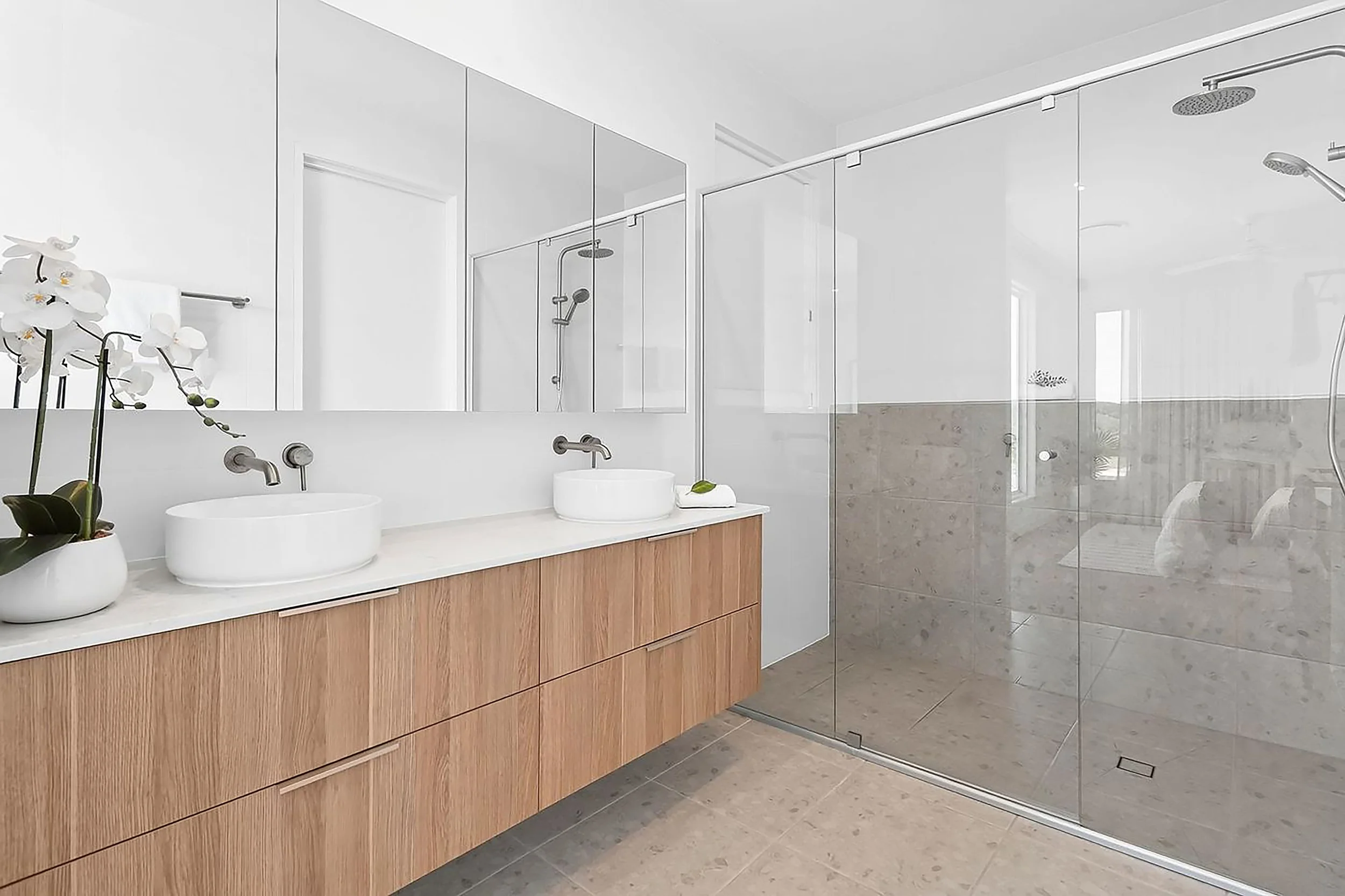Designing Homes That Last a Lifetime: The Livable Housing Design Standard
Skyring Residence - DraftRoom
Our homes should evolve with us, not limit us as our lives change. The growing focus on livable housing design in Australia reflects a shift toward creating homes that are accessible, adaptable, and genuinely built for life.
At DraftRoom, we believe thoughtful design should support every stage of living, from young families to retirees, blending practicality with timeless aesthetics.
What Is Livable Housing Design?
Livable housing design is about creating homes that are comfortable, safe, and easy to use for everyone, regardless of age or mobility. It focuses on removing small but significant barriers that can make everyday life harder, such as steps at entryways, narrow hallways, or bathrooms that cannot easily be modified later.
Rather than catering to a specific group, livable design ensures a home works for all occupants over time. It is smart, forward-thinking design that considers how we actually live and move through our spaces.
When the Livable Housing Design Standard Applies
In Queensland, the Livable Housing Design Standard (LHDS) applies to all new homes and to major renovations where more than 50% of the existing gross floor area (GFA) is being altered or extended.
This requirement ensures that accessibility and usability are built into the design from the outset, rather than added later. Even when a renovation does not trigger full compliance, many homeowners are choosing to incorporate livable design features voluntarily because of the long-term comfort and value they provide.
Exemptions to the Livable Housing Design Standard
While most new homes in Queensland are now required to include livable housing features, some dwellings and lots are temporarily exempt under the Queensland Development Code (QDC) MP 4.5.
You may not need to comply if your home or site meets the following criteria.
Affected Dwellings
A home may be exempt if it satisfies all of these conditions:
The total floor area is 55 m² or less.
It is manufactured off-site, such as a prefabricated or modular home.
Construction was completed before 1 October 2023.
It is installed on or before 31 March 2025.
Affected Lots
A site may be exempt if:
It has a frontage of 12.5 metres or less, and
The lot was created before 1 October 2023, or
The lot was created between 1 October 2023 and 31 March 2025, provided that:
A development application to reconfigure the lot was lodged before 1 October 2023, or
The lot was already listed in a disclosure plan under the Land Sales Act 1984 before that date.
These exemptions provide flexibility for small or narrow-lot projects that face site constraints.
Note: Homeowners should always confirm with their building designer, certifier, or local council whether these exemptions apply to their specific project before proceeding with design or construction.
Why Livable Design Matters for Homeowners
Future-Proofing for Life’s Changes
A livable home adapts as your needs evolve, reducing the need for costly renovations or awkward modifications later on.
Universal Comfort and Safety
Features such as step-free entry, wider corridors, and hobless showers improve everyday comfort and safety for everyone, not just those with mobility challenges.Added Property Value
Homes designed with accessibility in mind are increasingly desirable, offering strong market appeal and long-term value.Sustainable by Design
Designing for longevity reduces waste, limits future alterations, and supports a more sustainable approach to how we build and live.
How We Approach Livable Design
At DraftRoom, we integrate livable housing principles from the very start of the design process. Our focus is on ensuring that functional elements like step-free access or wider corridors feel intentional and cohesive with the overall design.
We work closely with clients to create homes that not only meet today’s standards but are ready for tomorrow’s needs. Whether it is a custom home, duplex, or renovation, incorporating livable design helps ensure your space continues to support you well into the future.
The Future of Home Design
The rise of livable housing represents a positive step forward in how Australians think about their homes. It is not about compliance or ticking boxes, but about creating environments that promote comfort, dignity, and independence for every generation.
References
Queensland Development Code MP 4.5 – Livable Dwellings and Grading to Floor Wastes (Version 1.1)
Livable Housing Design Standard – Australian Building Codes Board (2022)
Department of Housing, Queensland Government – Modern Homes and Livable Housing Reforms
-



